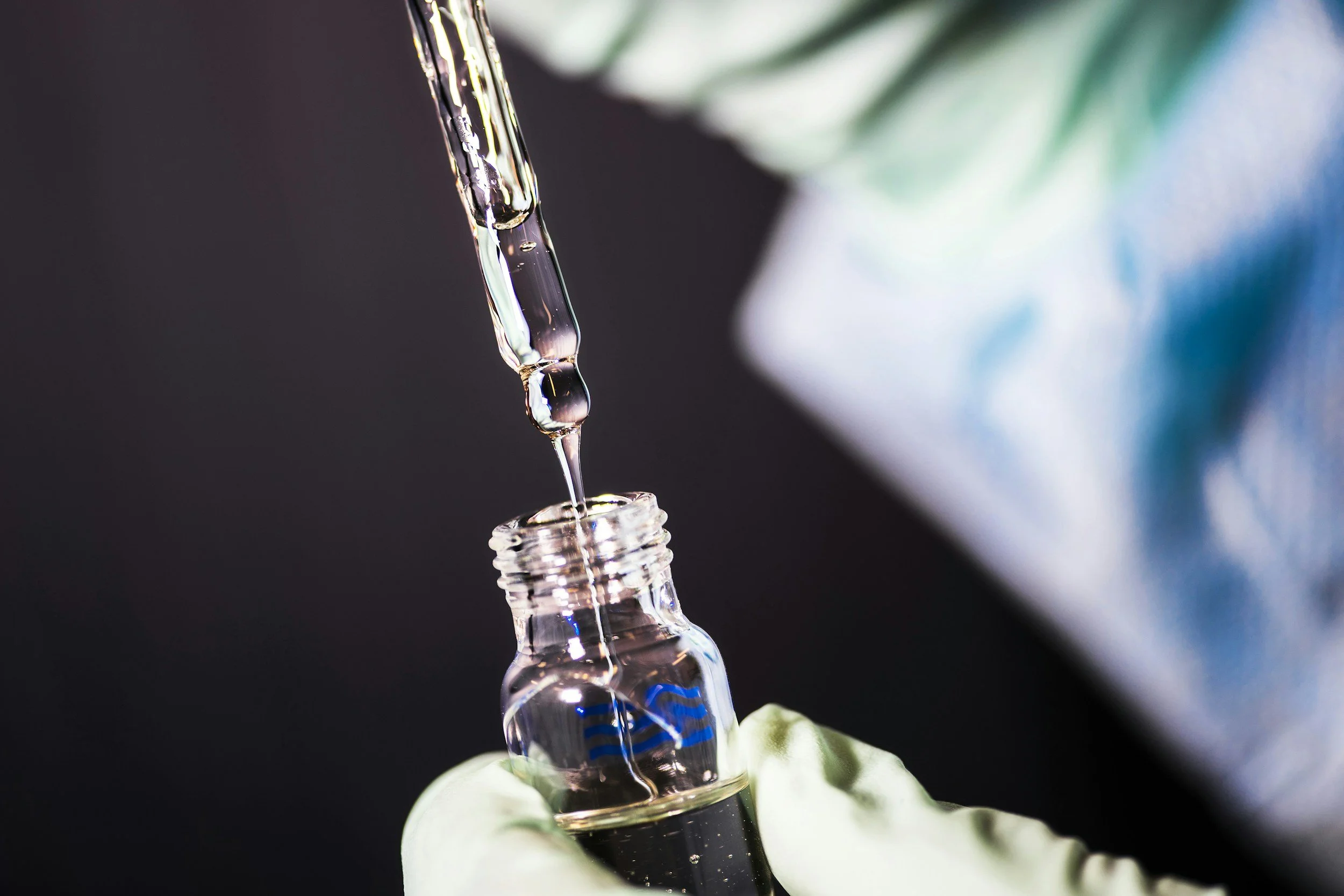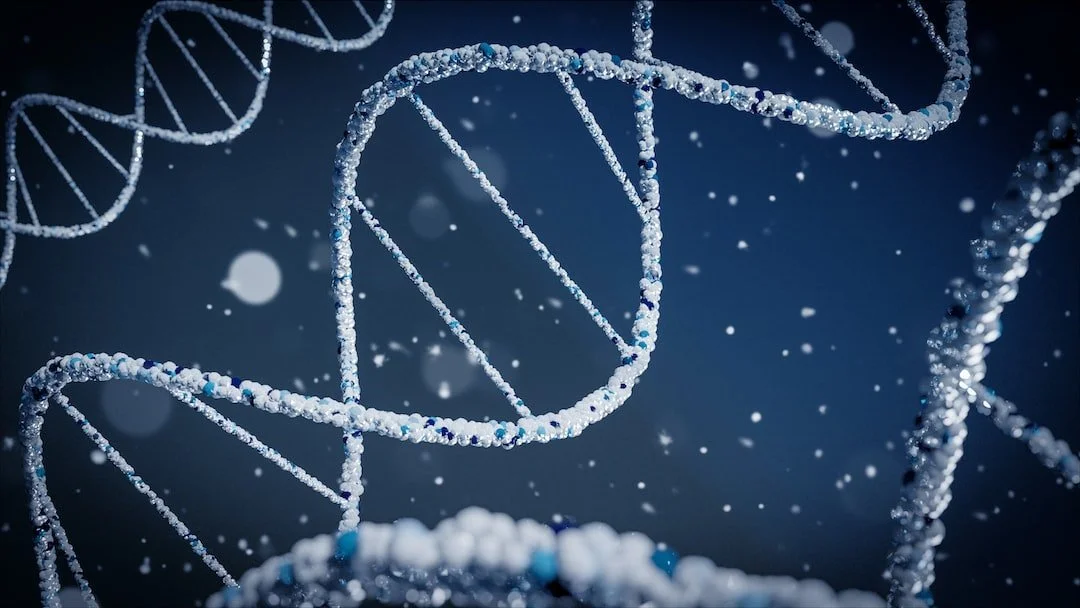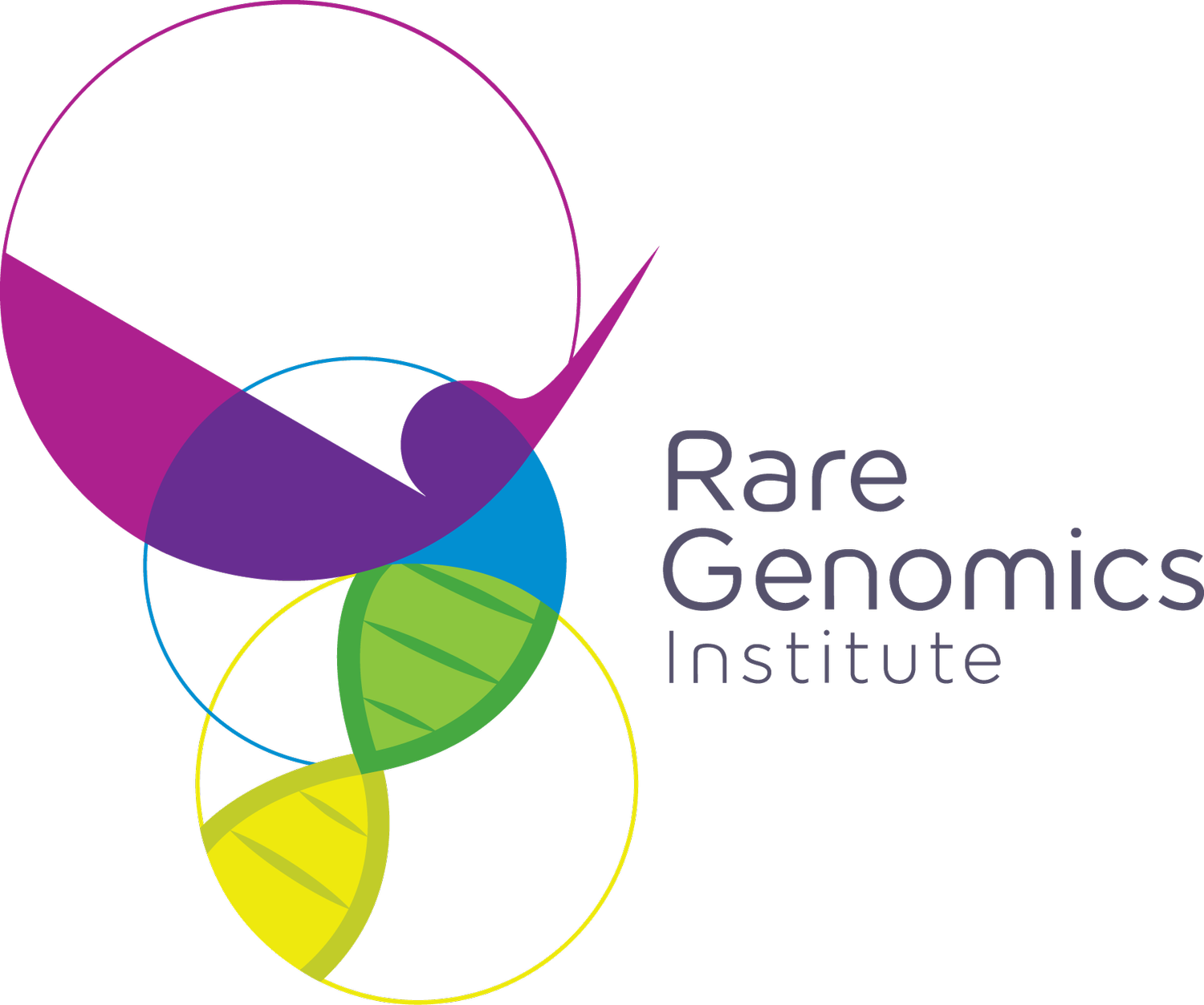
News, Events & Blogs

Breaking Down Genetic Testing: What Patients and Families Need to Know
Genetic testing can be a powerful tool for diagnosing rare diseases, understanding hereditary risks, and guiding treatment decisions. However, for many patients and families, the process can seem overwhelming or confusing. This blog will break down what genetic testing is, the different types available, how to access testing, and what to do with the results.

Navigating Clinical Trials: A Guide for Rare Disease Patients
A condition is defined as a rare disease if it affects fewer than 200,000 individuals. Approximately 7,000 conditions meet this definition. In 2016, the United States Food and Drug Administration awarded $23 million dollars towards a four year period that supported research for 21 different rare diseases. However, most rare diseases lack disease-modifying therapies or effective medications for several reasons…

AI in Healthcare: Revolutionizing Genomic Sequencing and Rare Disease Treatment
In recent years, artificial intelligence (AI) has made significant strides across various industries, but its impact on healthcare, particularly in the realm of genomic sequencing and rare disease research, is transformative. As we continue to navigate the complexities of the thousands of rare diseases affecting millions worldwide, AI offers unprecedented opportunities to revolutionize diagnosis, treatment, and patient care.

Sometimes, It’s a Zebra
In medical school, many doctors are taught the old saying, “When you hear hoof beats, think horses, not zebras.” This saying means that doctors should generally consider the most likely possibility first when making a diagnosis.
But what do you do when it is a zebra?
What makes a disease rare? In the United States, the Orphan Drug Act defines a disease as rare if it affects fewer than 200,000 Americans or less than one in 2,000 people. A disease is considered ultra-rare if it affects less than one in 50,000 people.
